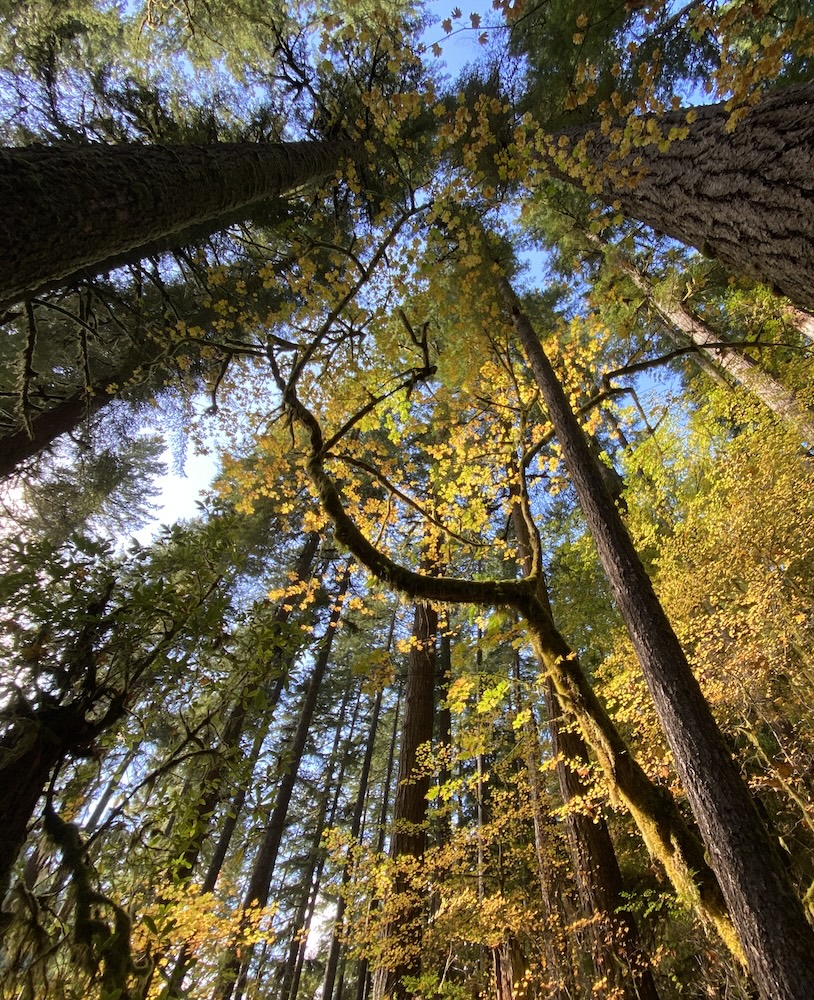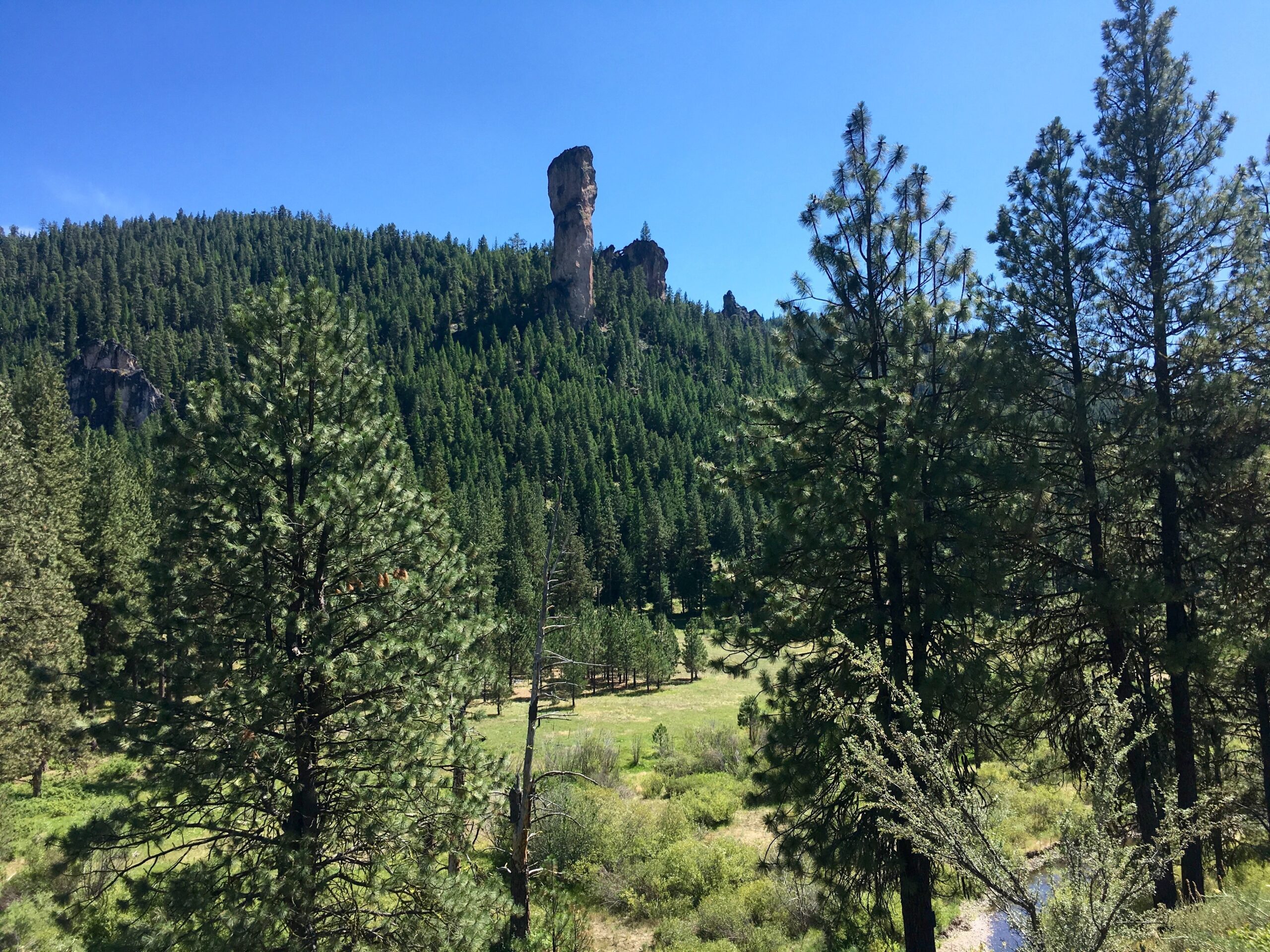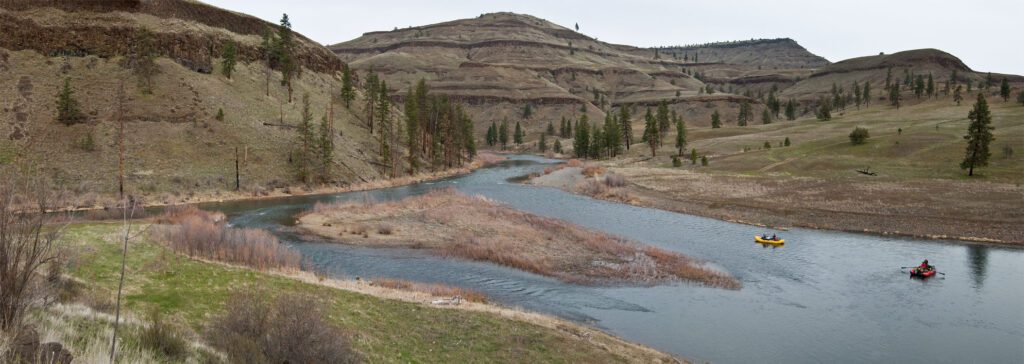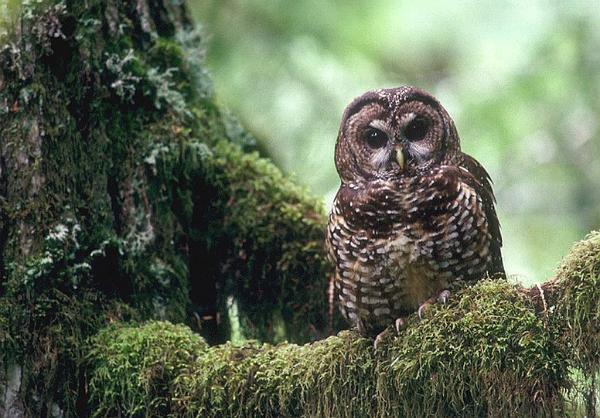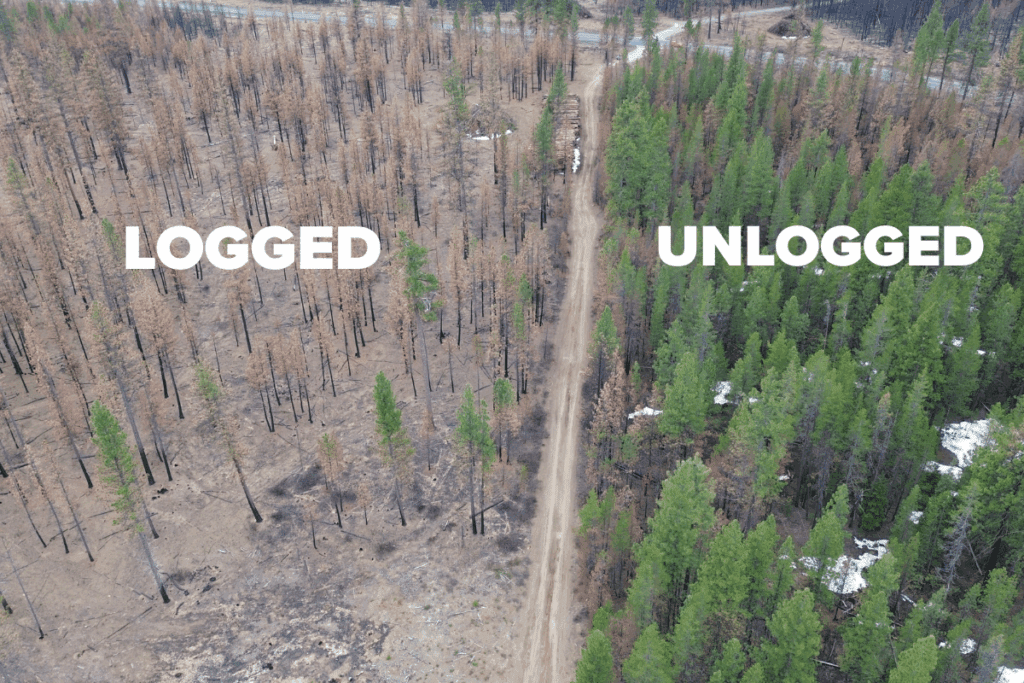In July, Oregon Wild and our conservation allies negotiated a favorable resolution to a big timber sale in the Ochoco National Forest, near the Mill Creek Wilderness. The Forest Service issued its final decision adopting the agreement on August 12, 2024. We’re pleased that this decision will significantly enhance protection for old growth, roadless areas, and streamside forests in this part of the Ochoco National Forest, while allowing the Forest Service to do meaningful work to reduce small fuels and address the effects of past logging, road building, and fire exclusion.
In its original form, the Mill Creek Project proposed 23,000 acres of forest “treatments” that included 7,888 acres of commercial logging, and over 40 miles of temporary road construction, as well as fuel treatments, road closures, and stream restoration efforts. The project area includes large unprotected roadless areas adjacent to Mill Creek Wilderness, the Steins Pillar Recreation Area, old-growth forests, Riparian Habitat Conservation Areas, and important winter range for big game.
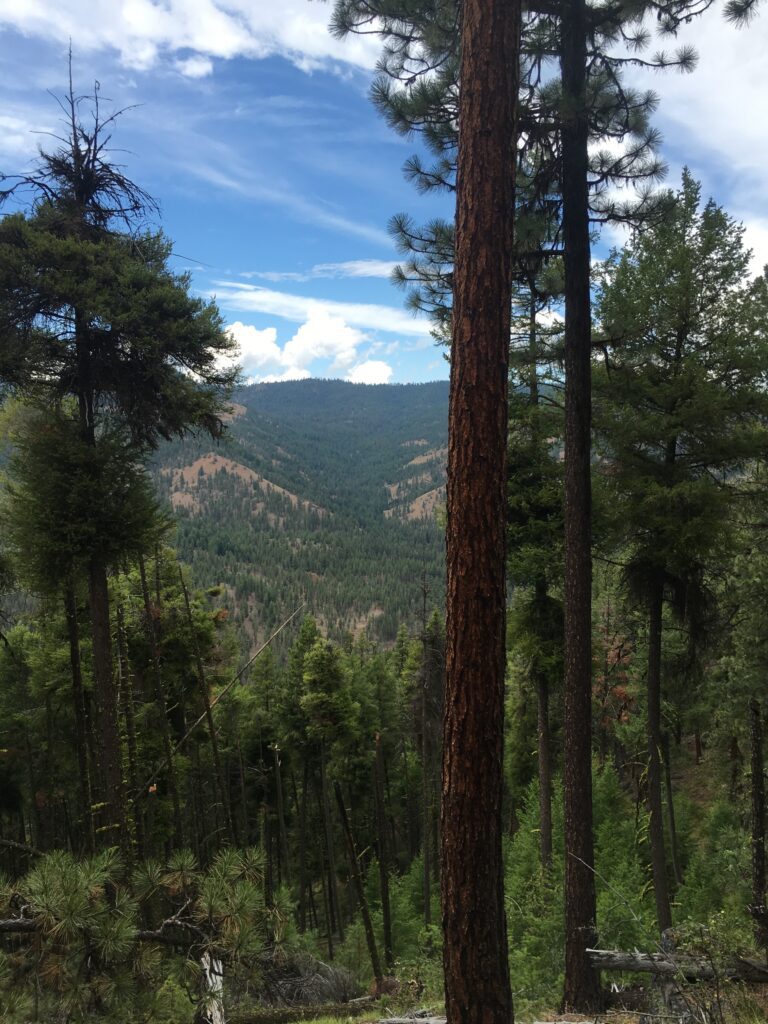
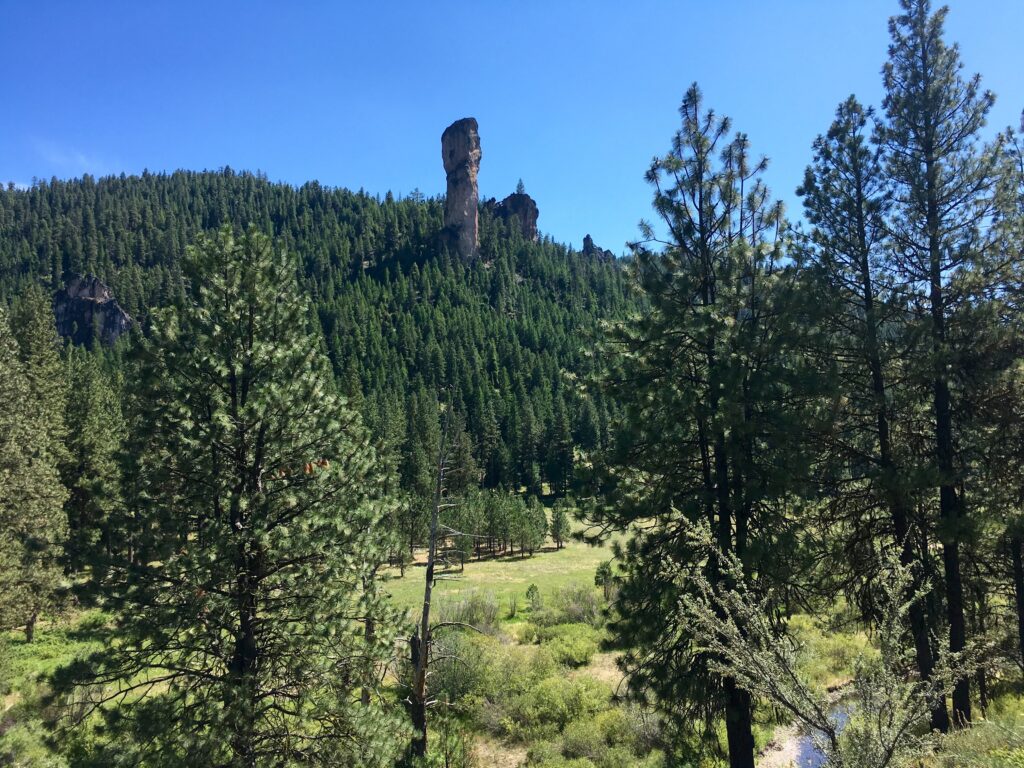
When it was proposed, our concerns about this project were heightened because we worried the Forest Service would exploit the Trump Administration’s highly controversial amendment to the Eastside Screens to allow the removal of large trees. Thankfully, during the planning process for this project, we successfully litigated the Trump Screens amendment (with Crag Law Center and many allies) and they were vacated, leaving in place the rules protecting trees over 21 inches in diameter.
After commenting at various stages of project development, Oregon Wild officially “objected” to the Mill Creek Project when the draft decision came out in March 2024. In our argument, we attempted to highlight the ecological importance of unroaded areas that serve as refuges for diverse wildlife that evolved in landscapes with extensive patches of unmanaged forest and abundant mature and old-growth habitat that would be degraded by logging. We also showed that unmanaged forests are self-regulating systems that do not need human intervention, and will more often develop desired ecological conditions without logging and heavy equipment. The agreement to drop logging in most of the unroaded areas will protect this rare and valuable habitat and give more space for natural processes to flourish.
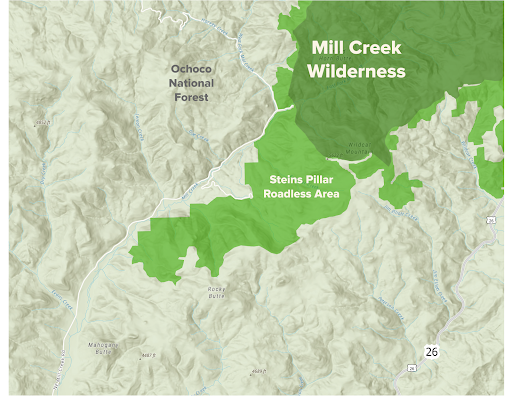
Oregon Wild’s objection also highlighted the Forest Service’s failure to accurately describe and consider the significant effects of logging on global climate change caused by killing trees, halting photosynthesis, and accelerating transfer of carbon from the forest to the atmosphere. The reductions in logging agreed to by the Forest Service will help keep forests growing and serving as natural climate solutions.
The road to the favorable decision by the Forest Service was a little bumpy. When the draft decision was released, conservationists were at first pleasantly surprised to see two nice changes from the initial proposal – no logging of large trees >21” dbh, and much reduced logging in streamside forests. However, after our objections were filed we learned that the Forest Service had not accurately described the extent of proposed logging in streamside forests. Instead of dropping most of that logging, the Forest Service notified us that they still intended to log more than 400 acres of streamside forests. This caused quite a commotion, because some concerned groups had relied on the inaccurate description and either not objected to the project at all or declined to raise specific concerns about logging in streamside forests.
Instead of building trust with less logging along streams, it appeared the Forest Service would break trust by misleading the public about its intentions. To make matters worse the Forest Service refused to issue a corrected draft decision and allow people to raise the issue properly. All of this controversy and misunderstanding was not a great way to begin the “objection resolution” process, but the Forest Service surprised everyone by making significant concessions toward conservation during negotiations. In the end, the changes agreed to by Ochoco NF Supervisor Shane Jeffries include dropping approximately 1,362 total acres of commercial logging, including:
- 352 unroaded acres near Steins Pillar
- 919 acres of logging in the roadless areas southwest of Mill Creek Wilderness
- 220 acres of logging in streamside forests
- 157 additional acres (units #122.3, #257)
- Note: these add up to more than 1,362 acres because some acres are in more than one category.
The changes also included greater assurances that road closures will be implemented and effective, and clarification that there will be no logging in designated old growth.
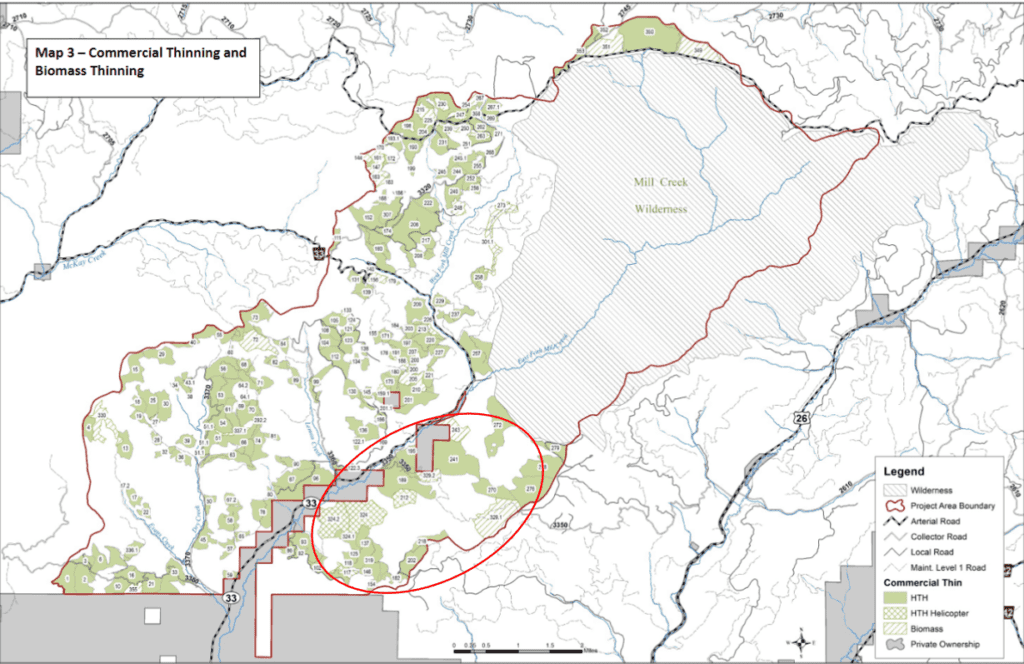
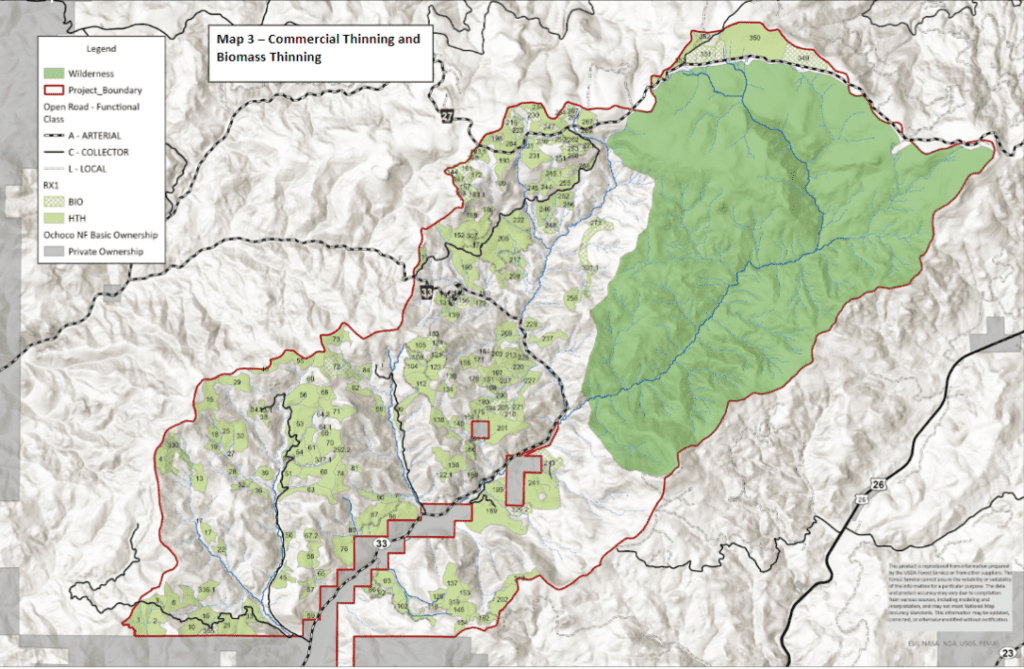
Oregon Wild would also like to congratulate and thank our allies in the efforts to protect the Mill Creek Watershed, including Great Old Broads for Wilderness, Central Oregon Land Watch, Juniper Group Sierra Cub, and Blue Mountains Biodiversity Project.
More information on the Mill Creek Dry Forest Restoration Project can be found on the Forest Service’s project website here.
